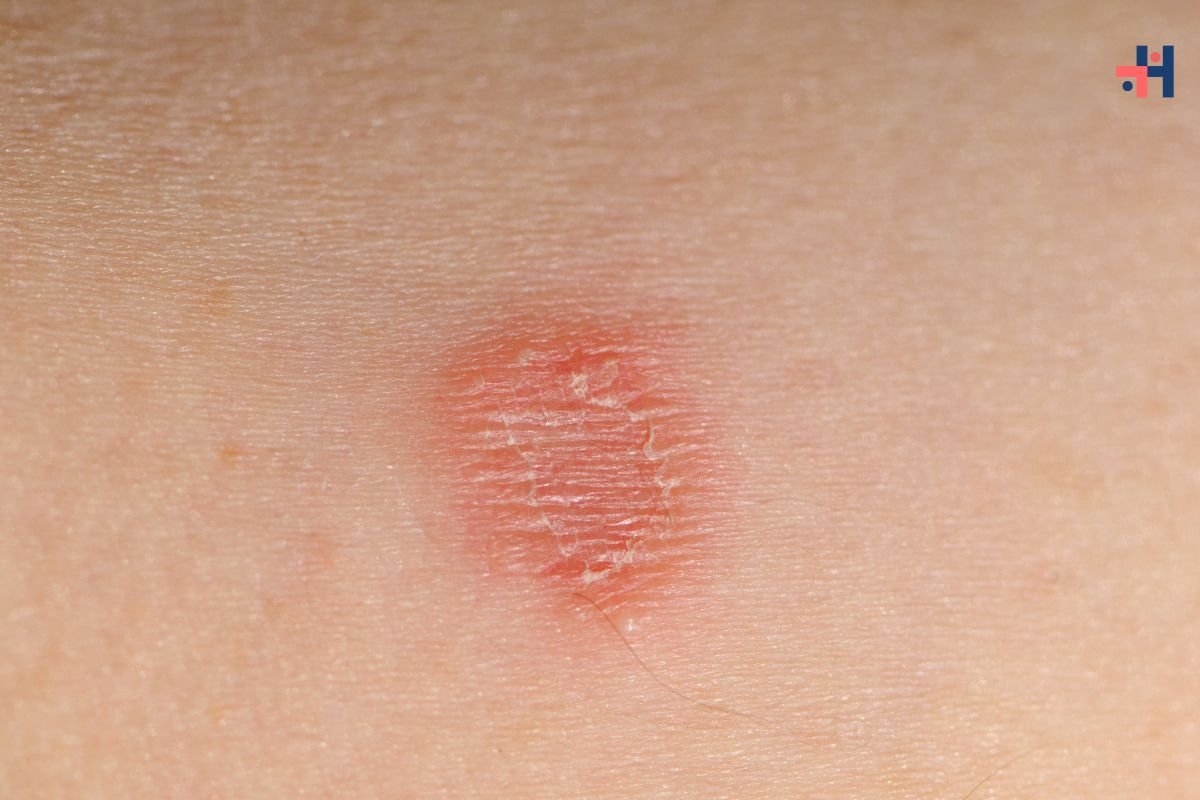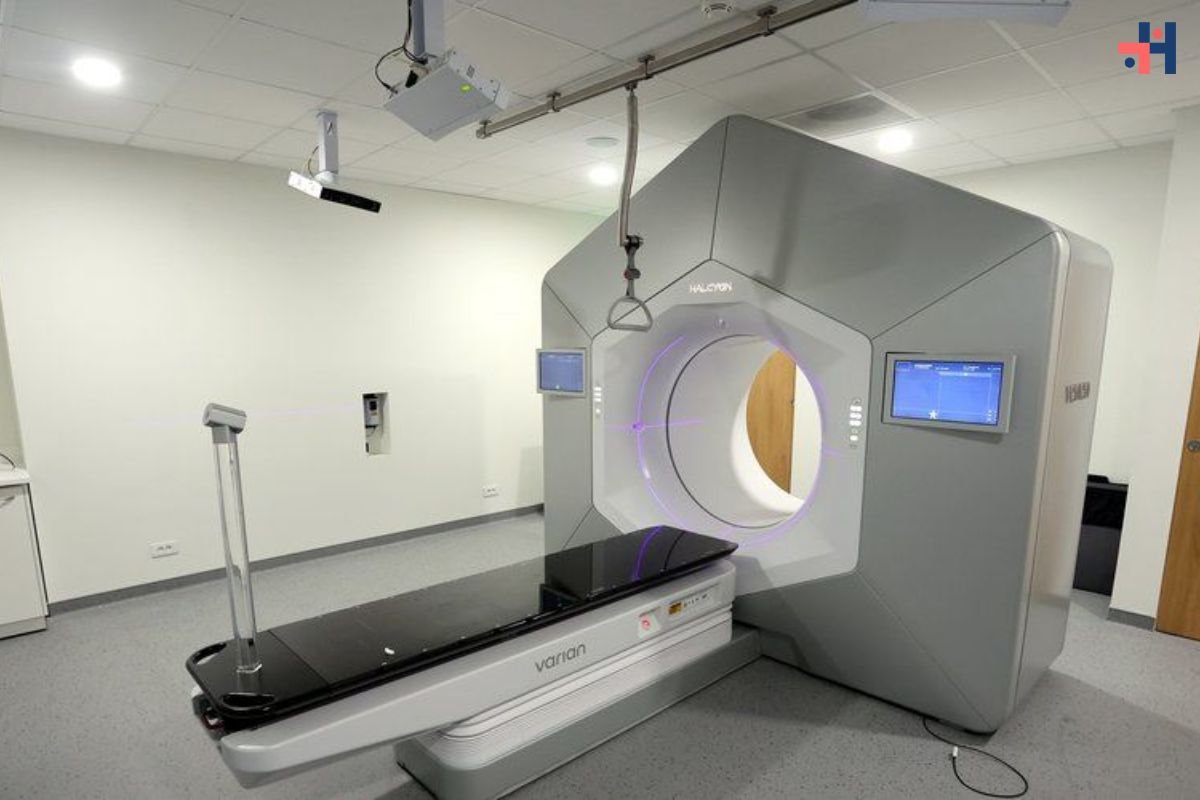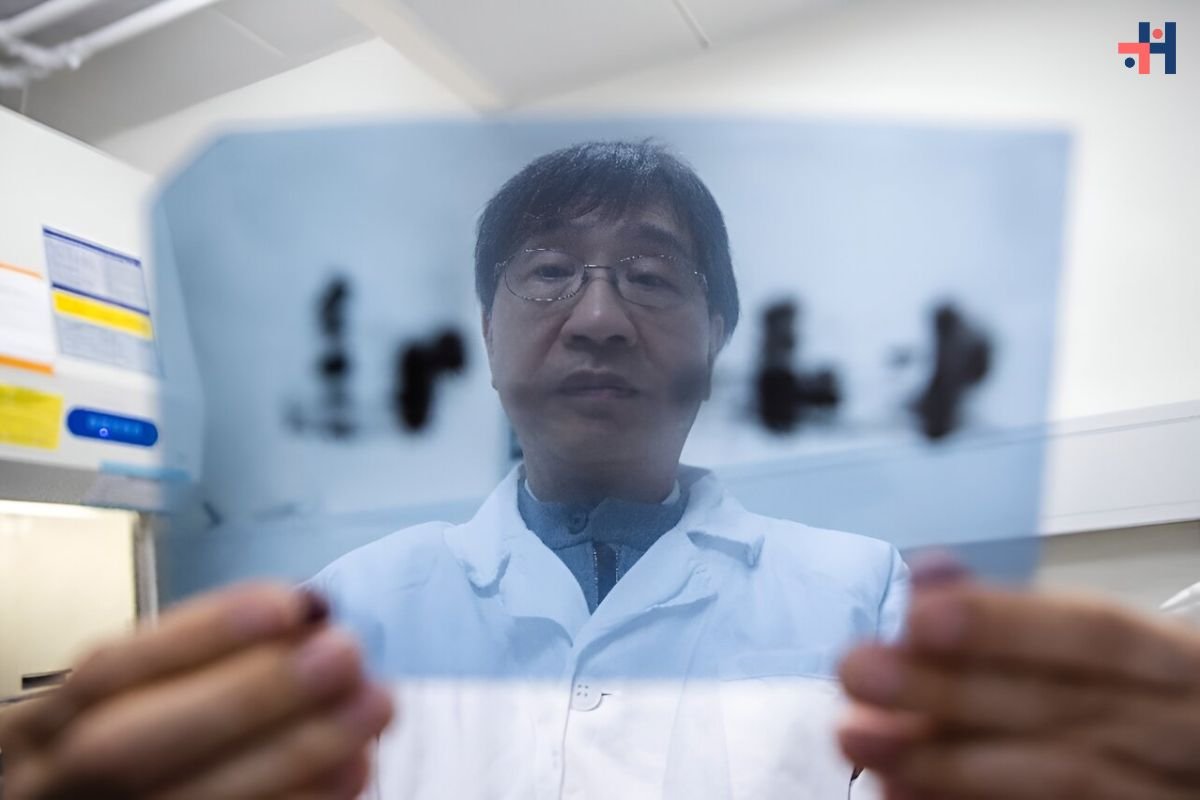Some of the most well-known and prosperous executives who have established names for themselves, their enterprises, and the services they offer are people we are all familiar with. But in the course of this, we usually forget or neglect those unsung heroes who offer equally brilliant skills without regard to monetary benefit.
Dr. Jan Lee (DHIN) is the CEO of the Delaware Health Information Network.
The Delaware Health Information Network was founded in 2007, but the concept dates back to the late 1990s. Independently, a group of legislators, medical facilities, and the Delaware Medical Society were creating procedures for obtaining health information and improving access to it for people who needed it for both health policy and healthcare delivery requirements.
Jan is guiding the company into the future while seeing to the growth of the healthcare industry. She demonstrates that she is a true businesswoman and a great leader by her vision, goals, and personality.
She is a change, an inspiration, and a wave in the contemporary healthcare industry; she is more than just an entrepreneur.
The Delaware Health Information Network (DHIN), which was founded in 2007 and soon gained notoriety as the nation’s first operational statewide health information network, is paving the way and influencing the future of the healthcare industry. Delaware Health Information Network now provides services to:
- Every Delaware acute care facility
- Every nursing home and long-term care facility in Delaware
- Nearly all medical professionals have registered and are participating in DHIN.
There are currently more than 2,100,000 patient records in the system, including records from all 50 states, and more than 14,000,000 clinical results and reports are recorded on DHIN annually.
Throughout its six years of operation, the DHIN system has proven to be dependable and valuable to hospitals, physicians, and patients across Delaware. Through DHIN, medical offices are securely given rapid access to correct patient information from hospitals, laboratories, and imaging institutions.
In order to provide higher quality healthcare more quickly and at a lower cost, the Delaware Health Information Network combines records, uses a federated data architecture for medical information, and does away with manual transfer of medical data. The security of the system and the correct handling of data are regularly audited.
The beginning journey of the Delaware Health Information Network (DHIN)
Instead of creating an electronic medical record, the health information network’s objective is to create a searchable library of health data. They achieve this by working with medical professionals who, despite having an electronic medical record, might not have all of the patient data there.
In order to fill in the gaps and give extra information, they can rely on the Delaware Health Information Network. They were the first to attempt this on a statewide basis in the entire nation,
Thus some of the initial challenges were complex. Since the rule book hadn’t yet been written, they had to construct the operational procedures as they went along.
Building confidence with hospitals, labs, etc. was another challenge. Considering that the data they contain is extremely sensitive and open to malicious exploitation. Hospitals and laboratories required highly specific guidelines for what will be retained, data security, who has access to it, and other issues in order to meet all regulatory requirements involving privacy and security.
The biggest concern was whether to trust DHIN with data security. Therefore, one of the primary difficulties the DHIN team conquered was developing perfect systems and winning trust. a shared vision for this with governmental organisations and business sectors!
Another significant early difficulty was how it would be funded and maintained. However, it was DHIN’s innovation and commitment to its mission that ensured the company and its employees consistently gave it their all, overcame challenges, seized opportunities, and gained the respect and confidence of the healthcare industry.
What led to DHIN’s growth and what explains its success?
Since the very beginning, they have focused all of their efforts on what the market wants. They developed their initial set of services using market research as a basis.
They interrogated anybody who might use the service. What principles do you uphold? What do you believe in and use? The majority of respondents overwhelmingly favoured the electronic results delivery option, which they deemed to be the most advantageous. They started by doing it first, so!
They evolved as a result of continually listening to what their market had to say about the things they valued, wanted, and used. They concentrated on giving their clients value, which is how they became successful.
What distinguishes the services provided by Delaware Health Information Network from those of its competitors in the market?
Delaware Health Information Network (HIE) is a rapidly growing nonprofit in the fore of the exchange of health information. In order to facilitate the electronic exchange of health-related data among healthcare organizations and improve the efficacy of patient care in Delaware, the Delaware Health Information Network—the first statewide HIE in the country—was established in 1997. In addition to reporting to the board of directors of the Delaware Health Information Network, the CEO is in charge of daily management of the organization’s operations, policies, and objectives.
No one else in their market is now doing this in its entirety, despite the fact that some other entities have begun to perform some of what they do. They were the first to start doing this. They have an edge in some aspects due to their strong integration into the state’s information ecology. This brings in additional customers for them!
A crucial part of their strategy has been figuring out how to make the whole thing stick. Those that do so create demand for their clients in addition to using their services, or their clients create demand for them to utilise their services. Establishing connections is a component of it.
There are many advantages to living in a small state like Delaware because people get to know one another.
Simply put, they don’t have the same close ties to clients as some of the major national or even international box stores.
They don’t have any preferences, which is one of their distinctive qualities and a factor in their success. Users can access each of the services they offer on an equal basis. No one is given an advantage in any form, including cost. And they work very hard to maintain that reputation.
Their reputation as the “Switzerland of the health information exchange” among clients is well-known. Because they live here, know the key players, and maintain a neutral attitude in the market, they have a special grasp of it.
These are just a handful of the factors that make them successful and set them apart from their rivals in the market. Thanks to their respect, trust, and recognition, they have built a solid basis in the industry and are steadfastly retaining their position as the leading health information network!
How does DHIN enhance its offerings?
Right, they are looking for what the market wants. When they meet with clients, one of the queries they ask is, “What business challenge may DHIN assist you solve? What are you looking for?
Therefore, engage with customers while keeping a keen eye on the market. The DHIN staff is committed to ensuring that their services, support, and standards are always improving while also taking the needs of the market and their customers into consideration.
There are new regulations released at the federal level. New developments are occurring in the sector, and the knowledgeable personnel at DHIN is always keeping track of them and projecting where the sector is going.
They strategize after making estimates to make sure they are ready even before the news, trend, or technology enters the market. These are the strategies they employ to modify their offerings and stay relevant in a constantly shifting environment.
All of these factors support Delaware Health Information Network’s reputation for reliability and dependability, earning them respect in the industry and enabling them to securely hold onto their top spot.
Revisions to their product line
In addition to the clinical data they already receive from hospitals and other healthcare facilities, they also receive claims data from healthcare insurance. As a result of this, they can now provide service lines for analytics. As a result, when they first started out, the primary focus of their services was the direct provision of healthcare.
In order to examine trends, correlations, and treatment-related outcomes, they can now incorporate data from multiple sources and different data types, such as clinical claims laboratory data.
For them, this is a whole new industry that is still in its infancy. They believe that this service line will be extremely beneficial to both their company and other businesses in the healthcare industry.
DHIN’s leadership is outstanding!
The innovative strategy, vision, mission, and services of Delaware Health Information Network not only showcase the team’s talent but also reveal a lot about the management of the business. Delaware Health Information Network’s leadership is not only a role model for other organisations, but also a holistic visionary who has improved the organisation while integrating basic principles and ethics into its work. As a result, the firm has greatly enhanced its reputation and level of awareness across numerous industries.
Dr. Jan Lee is the CEO of DHIN.
Over two decades were spent by Jan performing medicine. During her 23 years in active duty, she had a variety of positions with increasing levels of responsibility. Jan advanced through the ranks of the Air Force, and her final assignment before leaving the service was as Chief Information Officer (CIO) of the Air Force Medical Service.
She was forced to decide between staying in the technology industry after her retirement and going back to clinical practising full-time. She chose technology because it provided the opportunity to address many of the problems that greatly irritated her as a practising doctor.
“The work has been incredible. What I do, I adore. I believe that our endeavour is essential. I couldn’t be happier since it’s important and it reflects my values.
Jan spent five years working for next-generation healthcare before deciding to change the direction of her career. After gaining expertise in the IT industry, Jan was given the opportunity to work at Delaware Health Information Network. She began working for DHIN 11 years ago and hasn’t looked back since, taking the reins and directing the company in the right direction.
Jan’s interactions with her coworkers and the working atmosphere of the DHIN team?
Jan closely monitors their work hours to ensure that no one is working too many hours.
“I meet with each employee at the company. I frequently wonder what they are doing. What could they do better? Do you have any stressful job-related situations? Do you need anything in particular to boost your output and satisfaction at work?
My people know that I genuinely care about them. Jan continues, “I sincerely care about their wellbeing and I want to help them be successful and fulfil their own career dreams. Please help us as a company help you achieve your business goals.
DHIN has always had a very lax approach, especially when it comes to working from home. Since well before the pandemic, almost everyone has been working remotely. They have access to the tools and resources need to be connected and productive from home since they work for a technology company. And the group has seen a sizable boost as a result.
This type of corporate culture and work environment makes a significant contribution to the growth of trust and a sense of community among employees with regard to the goals, core principles, and mission of the organisation. The respect between management and staff, which motivates the team to work harder and provide services that alter the healthcare industry, also contributes to the x-factor in the workplace.










